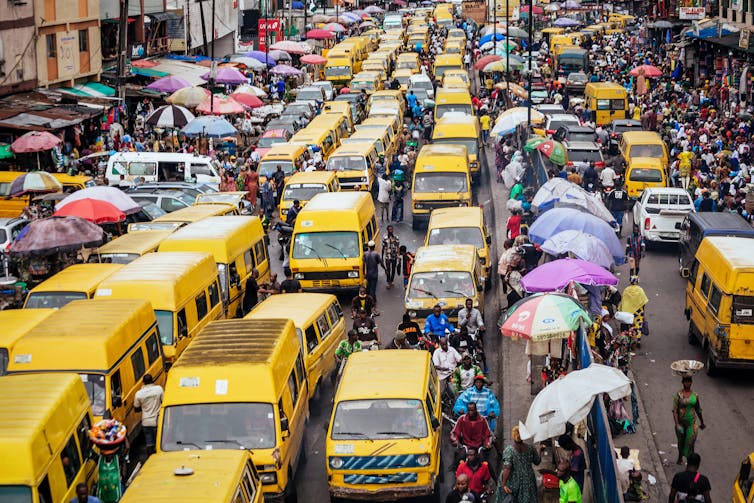THE EQUATION
Christopher Nolan’s Oppenheimer reintroduced the bomb to the world. He rekindled the drama of making and testing it. He examined the politics and personalities. But he didn’t show us what it did to the bombed. It’s a glaring omission in a very long movie. (And not the only one.)
We should not be surprised. The US military officials who occupied Japan at the end of the war did everything they could to bury those images forever. Post-war American films about Hiroshima shied away from depicting the horrific aftermath. Nolan said he wanted to tell a “fascinating story” about the “raw power” of the bomb and “what that means for the people involved.”
How could he assign so little time to those those who suffered the ghastly effects of that power when it was unleashed in a war?
Telling that part of the story may be the only thing that can save us from the same cruel fate.
On this 78th anniversary of the bombings of Hiroshima and Nagasaki, with Oppenheimer getting so much acclaim and attention, we thought we should focus on this question. What follows is a discussion about how the memory of what happened is being preserved, and who is doing it. It is an interview with a student artist, Ms. Kyoka Mochida, and her teacher, Ms. Fukumoto, from Motomachi High School in Hiroshima, conducted at the school on July 25th. The interview took place in Japanese and was facilitated by Ms. Natsuko Arai from Hiroshima University, who provided the English translation.
“When I thought about the fact that war was happening in the time in which I was living, and that a similar situation was about to happen, I felt that I should do something, and I thought of painting as my weapon. Sometimes pictures are easier to communicate than words, and I can draw. That’s why I decided to participate in the ‘Pictures of the Atomic Bomb’ project.”
Student artist, Ms. Kyoka Mochida, Hiroshima, Japan
The questions are about an art project that has produced over 200 paintings that depict the events after the bomb fell on August 6th, 1945 through the eyes of people who survived it. They are known in Japan as “Hibakusha”; literally “the bombed.”
Natsuko Arai: Could you tell us about how the project got started, the goals of the project, and how it works?
Teacher Fukumoto: The “Picture of the Atomic Bomb” project was not initiated by Motomachi High School, but is an activity in which Motomachi High School participates as a production volunteer in a project of the Hiroshima Peace Memorial Museum called “Picture of the Atomic Bomb: Drawing with the Next Generation”. There are Hibakusha who give their testimonies at the Peace Memorial Museum, and they express their experiences to various people, such as students on a school trip and people from overseas. At that time, they explain their experiences by showing various materials such as maps and photos, but they also use pictures of scenes that have not been preserved in words or photographs, so that their testimonies can be more easily understood by the audience.
First, the museum will call for Hibakusha who are working at the museum who would like to have paintings drawn for their testimonies. The Peace Memorial Museum then sends the list to Motomachi High School. We tell the students how many pictures Hibakusha would like to have painted this year. The students who want to do the project raise their hands, and we choose the scene they want to write about by reading the description of the scene, and creating a combination of a Hibakusha and a student who will be the painter. Then we have our first meeting in October or so and start the production from there.
At the first meeting in October, the students listen to the testimonies directly from the Hibakusha, and ask questions to the Hibakusha. At first, they make sketches with pencils. Then, after making a simple sketch of the composition, characters, and scene, we asked the Hibakusha several times how they like the sketches.
After deciding on the composition, the students would begin to draw on a canvas (size F15). The exhibition of the completed work will be held at Motomachi High School in July, so they will draw the work until then, and then have the Hibakusha look at the work to confirm what the students don’t understand, and repeat the process of drawing and revising to complete it.
Sometimes, when they are not able to complete the work in time, some students take the work home and draw it at home, but basically, the work is done at the school, on weekends or when the students have no club activities. There is a room where they work, and there are about 10 students in the room, so they line up and work as a team.
Natsuko Arai: What is the significance of artwork as a medium to convey the Hibakusha’s stories?



Connect with us on our socials: